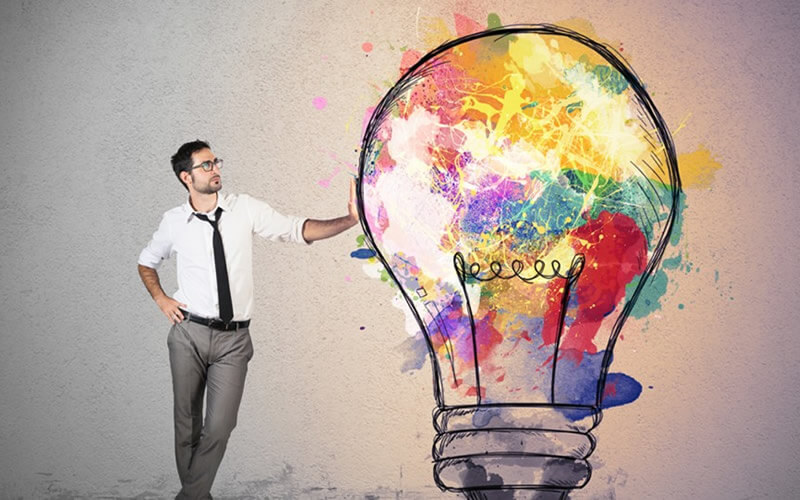In my previous blog entry I started a series on the topic of creativity. The reason for this is that creativity which is a Higher Order Thinking Skill is holds the answer to every challenge in every life area we might experience; not only as individuals but also couples and groups. It is a crucial component of innovation and entrepreneurship. The latter are non negotiable necessities to take our country forward and out of the quagmire of troubles.
Creativity potentially holds the answer to trying questions like “How might we cultivate entrepreneurship and alleviate poverty?”, “How might we minimize racism in our society?” and “How might teachers inspire learners towards success in difficult school environments?” These trying questions plague us all and if each of us master creative and critical thinking skills, we are well on our way to becoming a winning nation. In my opinion, it is the responsibility of each of us to master these skills and share our knowledge with others.
Let me start this entry by answering the questions set in Part 1. Use a journal and take five minutes to answer the questions underneath. The next thinkingfit blog entries will attempt to answer these. The questions are:
- Have you ever learnt the formal definition of what creativity really means?
- Have you always thought that creativity belongs to others and not to you?
- Have you ever been exposed to learn creativity tools and techniques?
- Has your current creative potential ever been tested?
The formal definition of creativity was formulated by professor Paul Torrance, the “father” of creativity research. It reads that creativity is the ability to sense ‘gaps” in existing knowledge, formulating hypotheses (tentative answers) about this and making the results known.” It means looking at a problem with a “fresh” pair of eyes, literally like a child, totally without any prior prejudices and limiting beliefs. In short it relates to “novel” and “new.”From birth our thinking is shaped by the experiences we are subjected to by our parents, schooling and society. These can be extremely limiting. Examples are for instance those about ourselves such as “I am not good enough” or “I may only look at a problem from my particular cultural viewpoints.”Creativity says “no,” let us challenge ourselves and look at a particular challenge from every possible angle. Let us free ourselves to be curious and imaginative like only a child can be. Let us do this free and unencumbered. These are skills I teach individually in my private practice and at thinkingfit in groups. Please enquire if you are interested to equip yourself as best you can for a challenging and unknown future.Creativity means challenging the norm; the way things are usually done around us. As children at home, school and later in the workplace, habits are imprinted on us; we are taught what to do and what not. We learn to “fit in” at all costs. In general we simply accept these ways of doing and learn that doing things differently, challenging the tried and tested as well as moving out of the societal “herd” we live in leads to trouble. We learn that individualism versus group thinking is to be resisted.Of course we need to learn to be responsible citizens but at the same time it is of crucial necessity to challenge the existing in order to renew and improve. The way we interact with our physical environment is a good example. If we carry on without tending to environmental issues which have emerged because of old ways of doing such as using coal as a form of energy, we are destroying our planet. New sources of energy need to be developed.
- Have you always thought that creativity belongs to others and not to you?I often ask clients about their understanding and viewpoints about creativity. I also sometimes hear individuals mention the topic at random. I very seldom encounter individuals who say outright they are creative. They are of the opinion that creativity is a “gift” that belongs to others.The truth is that we are all born with creative potential. A further truth is that creativity consists of skills that can be learnt by each and sundry. Small children are naturally creative and left to their own devices have vivid imaginations and natural curiosity. I love watching them play and listening to their conversations. Nothing is impossible.Sadly, parents, schools and later the work environment suppresses this. “Sameness” is rewarded instead of attempts to see challenges from different angles. Children are encouraged to colour in between the lines of pictures instead of drawing their own creations.
- Have you ever been exposed to learn creativity tools and techniques?
- Has your current creative potential ever been tested?





